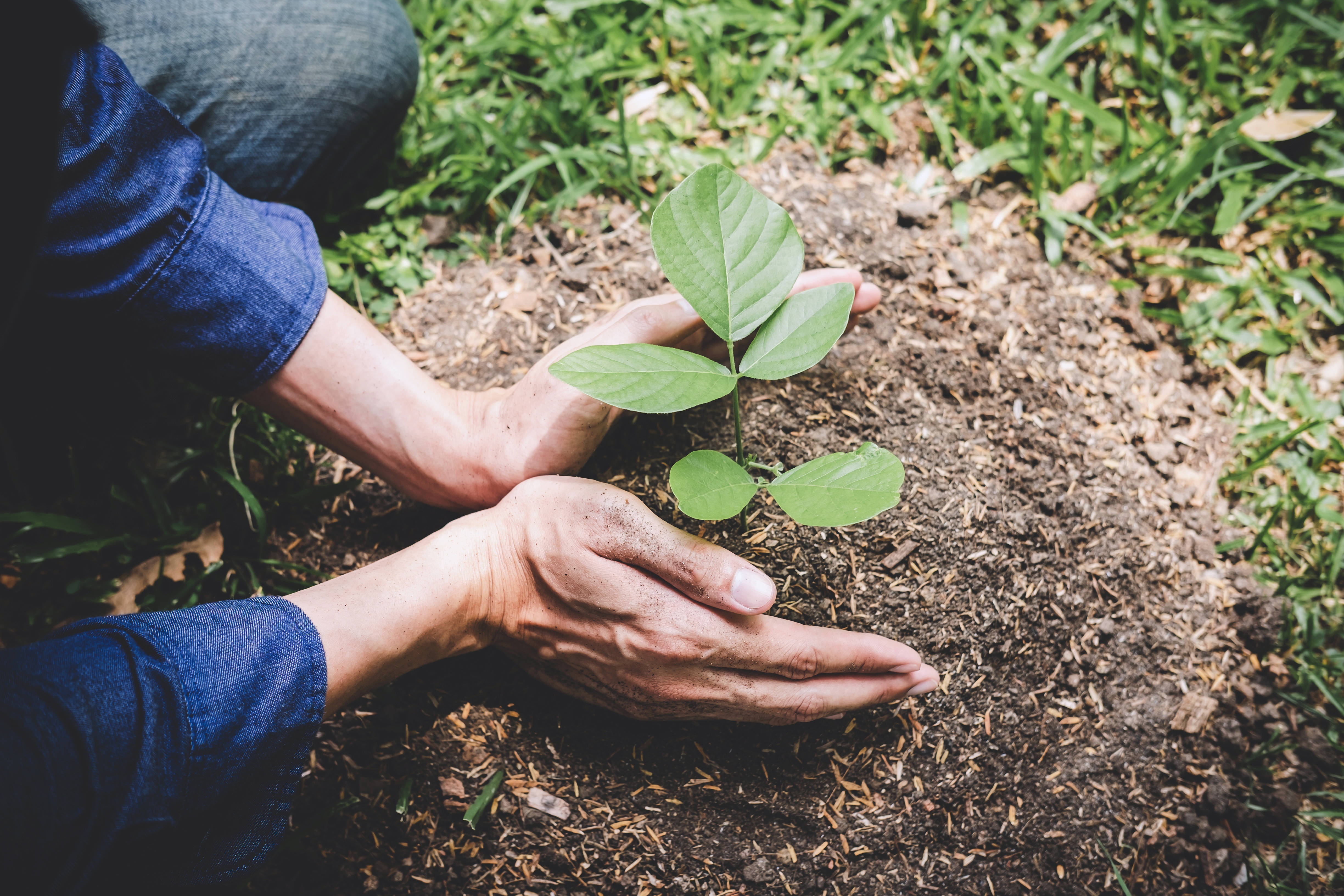Wildfires not only pose a threat to human lives and properties, but they also have a lasting impact on the natural environment. The aftermath of a wildfire can leave the ecosystem in a state of disarray. The destruction of habitats, soil erosion, and damaged water systems are just a few of the issues that arise after a wildfire. Restoration efforts are critical to the ecosystem’s health and, in turn, human well-being. In this blog, we will discuss strategies for holistic restoration after wildfires.
Understanding the Role of Restoration
Post-fire recovery is critical to restoring the ecological balance that wildfires disrupt. Restoration requires a comprehensive approach, as fires impact a range of environmental factors, including vegetation, soil, water resources, and air quality. Holistic restoration aims to restore the balance of these factors to create a sustainable and healthy ecosystem.
Strategies for Holistic Restoration
- Assess Damage – The first step in restoration efforts is to assess the damage caused by the wildfire. This includes evaluating the extent of the damage to the soil, watercourses, vegetation, and wildlife. Such assessment can identify the best strategies to address the damage.
- Soil Stabilization – wildfires can cause significant erosion and destabilize the soil, making it easier for wind and water to carry soil and debris away. Restoring the soil’s structure and stability is crucial to minimize erosion and maintain a healthy environment after the fire.
- Planting and Vegetation Management – Vegetation management is necessary to ensure that the ecosystem can self-sufficiently restore over time. Planting native species in the affected area helps to preserve the ecosystem’s natural balance.
- Water Resource Management – Wildfires can cause long-term damage to water systems, damaging underground aquifers, and altering the paths of streams and rivers. Evaluating this damage and working to restore water systems is essential to stabilize the ecosystem.
- Wildlife Rehabilitation – Wildlife is often severely impacted by wildfires. Evaluation of the wildlife impacted by the fire is necessary to develop a plan to preserve endangered species and reintroduce wildlife to the area.
Conclusion
In conclusion, wildfires pose significant harm to the ecosystem, necessitating restoration efforts. Holistic restoration must address the complex set of problems that arise after wildfires through a comprehensive approach that reflects the ecosystem’s interdependence. With the right strategies, post-fire recovery can restore the ecosystem, promote land stability, and protect natural resources. Our company is committed to restoring ecosystems after wildfires and creates strategies that aim for the holistic restoration of the ecosystem. We work closely with communities to create a healthier environment that promotes biodiversity and improves quality of life.


